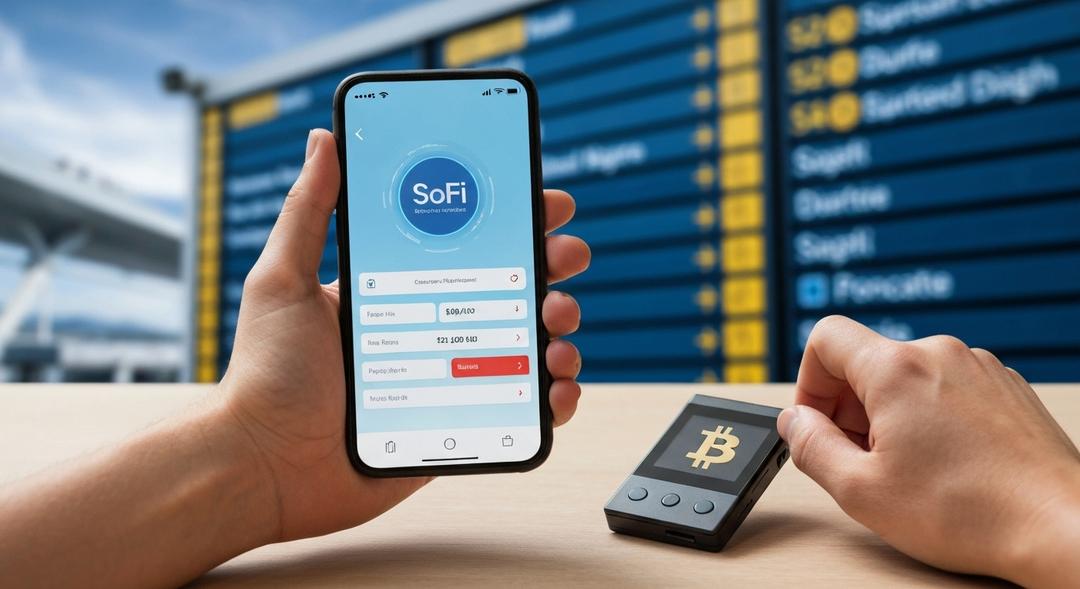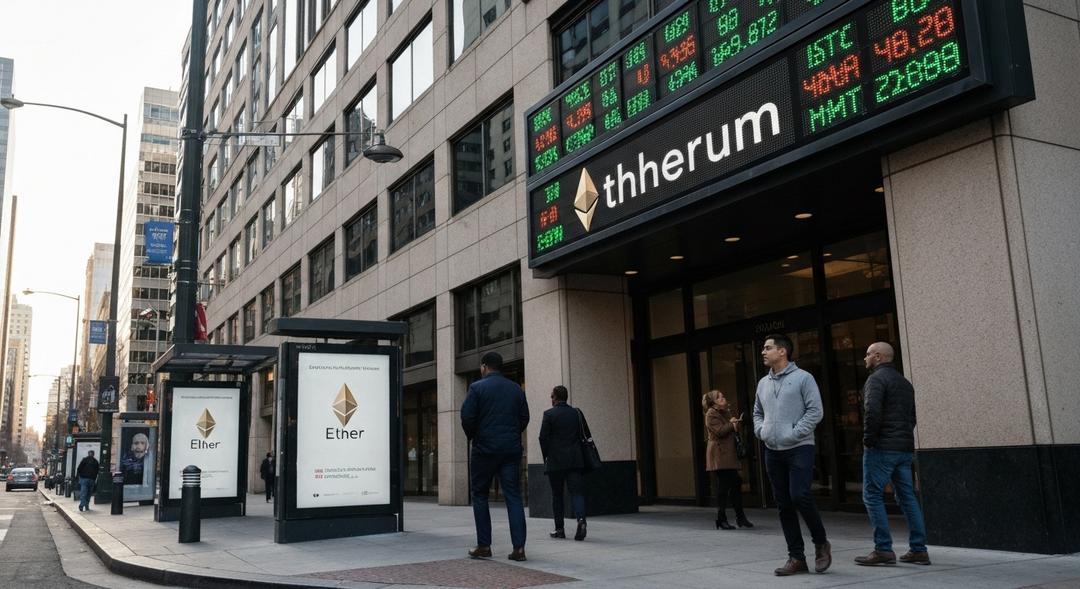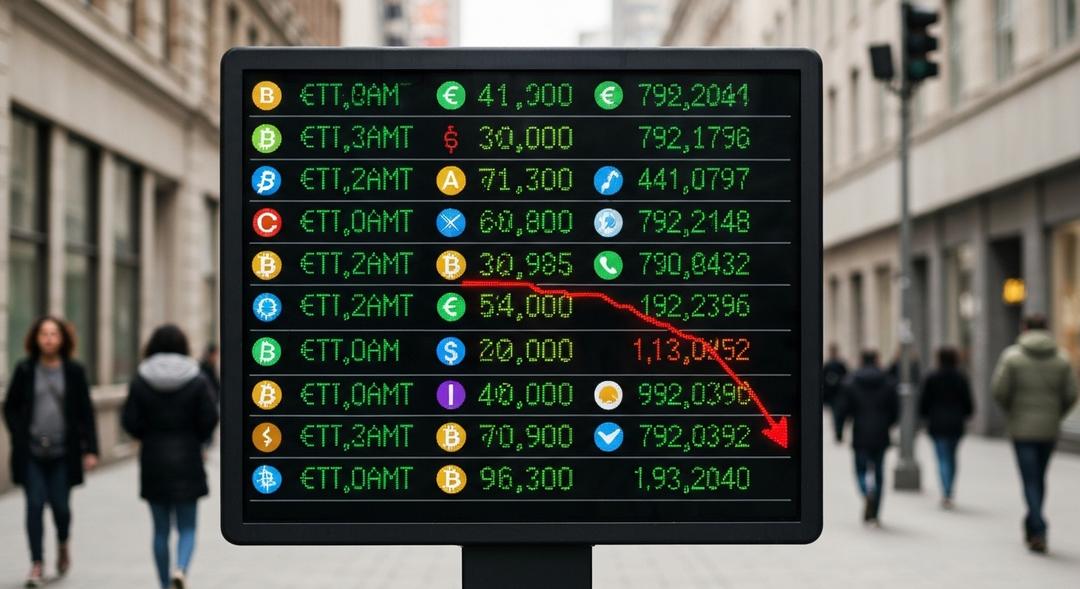SoFi connects Bitcoin Lightning network to international remittance payments globally. The Nasdaq-listed company has revealed an upcoming feature that allows its members to send money internationally using the Bitcoin Lightning network, introducing fresh possibilities for payment technology.
By integrating this functionality through a partnership with Lightspark, SoFi aims to make rapid cross-border remittances accessible to its growing customer base. Users in the United States will be able to send funds in dollars through the SoFi application, and through Lightspark’s Universal Money Address, recipients abroad will obtain local currency deposits directly.
For consumers seeking to avoid slow and expensive traditional money transfers, this reflects a key shift in digital banking. The underlying technology is positioned to address long-standing frustrations about high fees and unclear exchange rates within global financial services.
Bitcoin Expands Into Remittance and DeFi
SoFi’s remittance enhancement comes as the firm resumes its digital asset expansion after a brief pause for regulatory reasons last year. The company previously halted crypto offerings during its transformation into a federally chartered bank.
Now, as interest in alternative payment rails surges, SoFi looks to blockchain and stablecoins once again. This development wasn’t isolated: industry-wide advances in cryptocurrency were also prominent in the past week.
The Bitcoin DeFi space saw Bitlayer move onto Solana, one of the fastest-growing blockchain networks. Their BTC-backed token YBTC enables users to maintain direct exposure to Bitcoin’s value while unlocking decentralized finance opportunities. By joining with Kamino Finance and Orca, Bitlayer provides avenues for Solana users to yield on YBTC through advanced vaults designed for auto-compounding returns.
Interoperability between Bitcoin-backed assets and decentralized applications is swiftly bringing new yield opportunities for digital currency investors. These innovations reflect the drive for more flexible and seamless financial solutions in the era of blockchain networks.
Valantis, a decentralized exchange protocol, took another step in the expanding ecosystem by acquiring Staked Hype, which issues a major liquid staking token on the Hyperliquid network. Liquid staking, now a dominant component of Hyperliquid’s DeFi landscape, allows crypto holders to access additional capital while earning staking rewards—all without locking up their assets in a rigid contract.
The acquisition grants Valantis oversight as Staked Hype grows and further develops within the Hyperliquid platform. Together, these moves signal a maturing industry committed to evolving user rewards and creative investment products.
Institutional Growth and Regulatory Changes
Institutional appetite for blockchain technology also advanced with Hyperbeat’s announcement of a multimillion-dollar seed round led by top venture investors. Hyperbeat provides the native yield infrastructure for the Hyperliquid exchange, transforming once-complex funding rate yield strategies into accessible tokenized products for everyone.
As Hyperliquid’s total value locked surpasses over two billion dollars, institutions and traders are taking a closer look at new ways to participate in DeFi growth. SkyBridge Capital, an established investment firm, revealed it will tokenize $300 million worth of hedge funds using the Avalanche protocol, with support from tokenization specialist Tokeny and its parent Apex Group.
SkyBridge’s initiative underscores a noticeable trend: traditional finance is finding compelling reasons to merge with distributed ledger technology. The resulting efficiencies can streamline fund issuance, administration, and the entire investment lifecycle.
Meanwhile, Thumzup Media, which will now pivot to industrial-scale mining of Dogecoin, has acquired Dogehash Technologies. The merger creates a new entity listed on the Nasdaq, with plans to employ Dogecoin’s specific DeFi options for broader miner returns.
On the cloud mining front, the demand for more accessible cryptocurrency strategies is increasing with tools that make mining both simple and scalable. For newcomers interested in entering this dynamic field, it is possible to Start Cloud Mining without significant hardware investments or complicated technical knowledge, a path that is increasingly attractive in today’s fast-changing digital realm.
At the same time, US lawmakers and financial regulators are grappling with how best to oversee a digital asset market that’s moving at unprecedented speed. Recent efforts include updating stablecoin legislation to balance innovation with necessary consumer protections. Industry groups are advocating that new legal frameworks stay open to competition and do not disproportionally favor traditional banks.
Federal Reserve Vice Chair Michelle Bowman urged banking leaders to embrace evolving digital assets, underscoring what could be a shift in stance among US financial regulators. She pointed out that banks who ignore this technological transition may risk playing a diminished role as the digital financial world rapidly matures.
Conclusion
Recent weeks have highlighted just how transformative the intersection of blockchain and finance continues to be. From SoFi’s expansion into fast global remittances using Bitcoin Lightning, to the surge in institutional adoption and product innovation, new solutions are reimagining how money moves and grows across the globe.
As digital assets further permeate traditional finance, and regulatory frameworks evolve to catch up, the landscape remains dynamic. Companies, investors, and everyday users are finding fresh opportunities amid this momentum, signaling another evolutionary leap in the world of financial technology.

Ewan’s fascination with cryptocurrency started through his curiosity about innovative technologies reshaping the financial world. Over the past four years, he has specialized in cloud mining and crypto asset management, diving deep into mining contracts, profitability analysis, and emerging trends. Ewan is dedicated to helping readers understand the technical and economic aspects of crypto mining, making complex information accessible and actionable.




